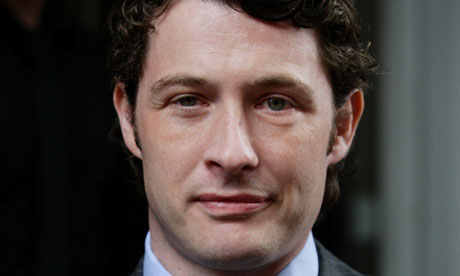The Widespread Problem of Doctor Burnout
By PAULINE W. CHEN, M.D.
A senior doctor at a local clinic diagnosed a pinched nerve and prescribed a muscle relaxant. Two weeks later, only more incapacitated, the patient went to another clinic, where a younger doctor made the right diagnosis: A malignant tumor in his chest was pressing against a nerve to his arm.
“That first doctor couldn’t be bothered by what I was trying to say,” the patient said. He was now receiving chemotherapy and was hopeful his cancer had been caught early enough, but the near miss still haunted him. “He acted like he just didn’t want to be there with me. Or with any patient.”
After reading a study published this week in Archives of Internal Medicine, I’ve been thinking a lot about this patient’s experience. And I’ve come to two conclusions. First, the older doctor had classic symptoms of burnout.
Second, mistakes like his may only become more common.
Research over the last 10 years has shown that burnout – the particular constellation of emotional exhaustion, detachment and a low sense of accomplishment – is widespread among medical students and doctors-in-training. Nearly half of these aspiring doctors end up becoming burned out over the course of their schooling, quickly losing their sense of empathy for others and succumbing to unprofessional behavior like lying and cheating.
Now, in what is the first study of burnout among fully trained doctors from a wide range of specialties, it appears that the young are not the only ones who are vulnerable. Doctors who have been practicing anywhere from a year to several decades are just as susceptible to becoming burned out as students and trainees. And the implications of their burnout — unlike that of their younger counterparts, who are often under supervision — may be more devastating and immediate.
Analyzing questionnaires sent to more than 7,000 doctors, researchers found that almost half complained of being emotionally exhausted, feeling detached from their patients and work or suffering from a low sense of accomplishment. The researchers then compared the doctors’ responses with those of nearly 3,500 people working in other fields and found that even after adjusting for variables like gender, age, number of hours worked and amount of education, the doctors were still more likely to suffer from burnout.
“We’re not talking about a few individuals who are disorganized or not functioning well under pressure; we’re talking about one out of every two doctors who have already survived rigorous training,” said Dr. Tait D. Shanafelt, the lead author of the study and a professor of medicine at the Mayo Clinic in Rochester, Minn. “These numbers speak to bigger problems in the larger health care environment.”
The doctors’ burnout appeared to have little to do with hours worked or even the ability to balance personal life with work. Instead, the only factor predictive of a higher risk was practicing a specialty that offered front-line access to care. More than half of the doctors in family medicine, emergency medicine and general internal medicine experienced some form of burnout.
The study casts a grim light on what it is like to practice medicine in the current health care system. A significant proportion of doctors feel trapped, thwarted by the limited time they are allowed to spend with patients, stymied by the ever-changing rules set by insurers and other payers on what they can prescribe or offer as treatment and frustrated by the fact that any gains in efficiency offered by electronic medical records are so soon offset by numerous, newly devised administrative tasks that must also be completed on the computer.
In this setting, “doctors are losing their inspiration,” Dr. Shanafelt said, “and that is a very frightening thing.”
What patients must face in the examining room is no less alarming. Doctors who are suffering from burnout are more prone to errors, less empathetic and more likely to treat patients like diagnoses or objects. They are also more likely to quit practicing altogether, a trend that has serious repercussions in a system already facing a severe doctor shortage as it attempts to expand coverage to 30 million or more currently uninsured Americans.
“Doctors are coming to this expansion already pretty stretched and stressed out,” Dr. Shanafelt noted. “I don’t think there is going to be a lot of room to maneuver without some significant structural changes.”
Dr. Shanafelt and his colleagues are in the midst of studying the effects of workplace initiatives aimed at providing greater support for doctors while improving efficiency, which they believe is critical for doctors and patients as well as the large health care organizations that aim to serve us all. Without decreasing the total hours worked or the number of patients a doctor must see, a hospital system might, for example, restructure its clinics so that doctors could spend more time with patients and less time on the phone getting authorization from insurers or in front of a computer completing administrative tasks.
“If people work in an environment where they believe there is meaning, they will put up with a lot,” Dr. Shanafelt observed. “It goes beyond the significant personal consequences for an individual physician. It affects whom patients can see when they are sick, the quality of care they receive and their safety.”



